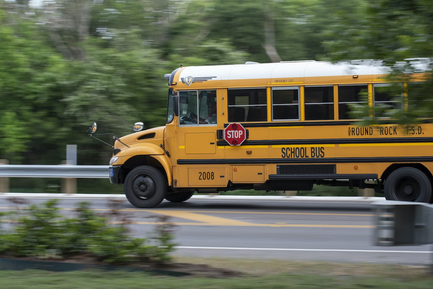
Apply to a foreign university with confidence
- Properly fulfilled documents
- Perfect motivation letter
- Support from a personal mentor
- Offers from several universities
Article score: 4.5 out of 5 (6 reviews)
Everything about secondary education in China. How the system works, its features, languages of instruction, costs, and admission.
Free consultation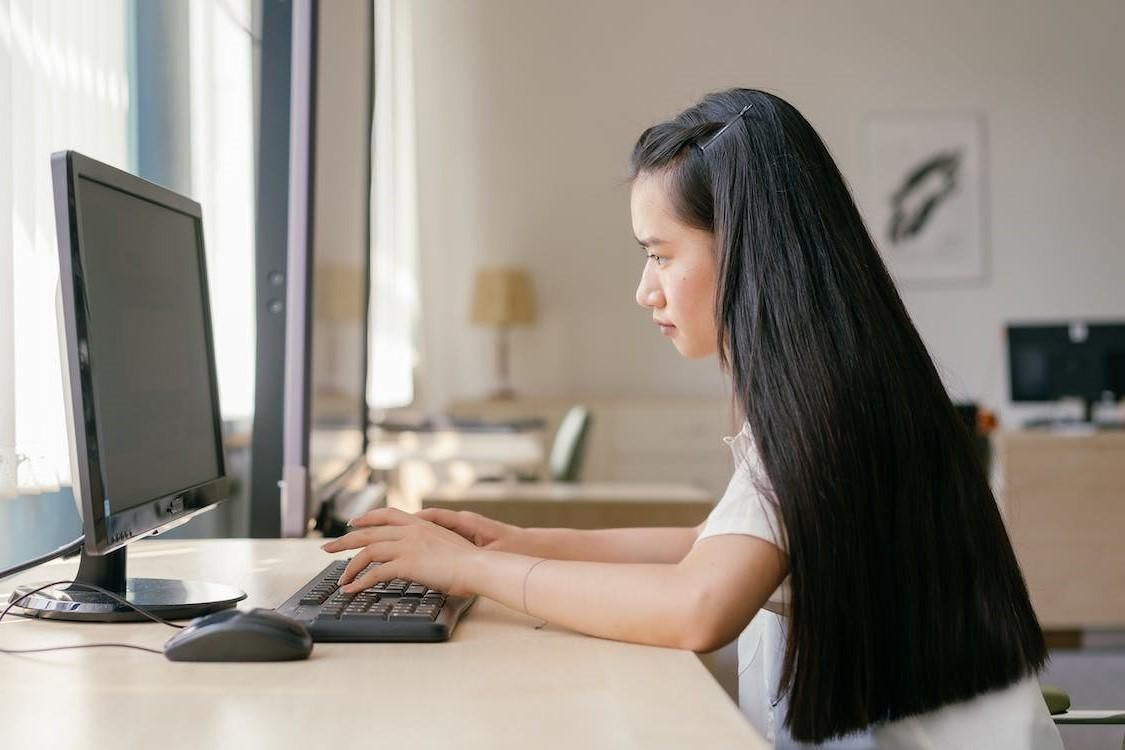
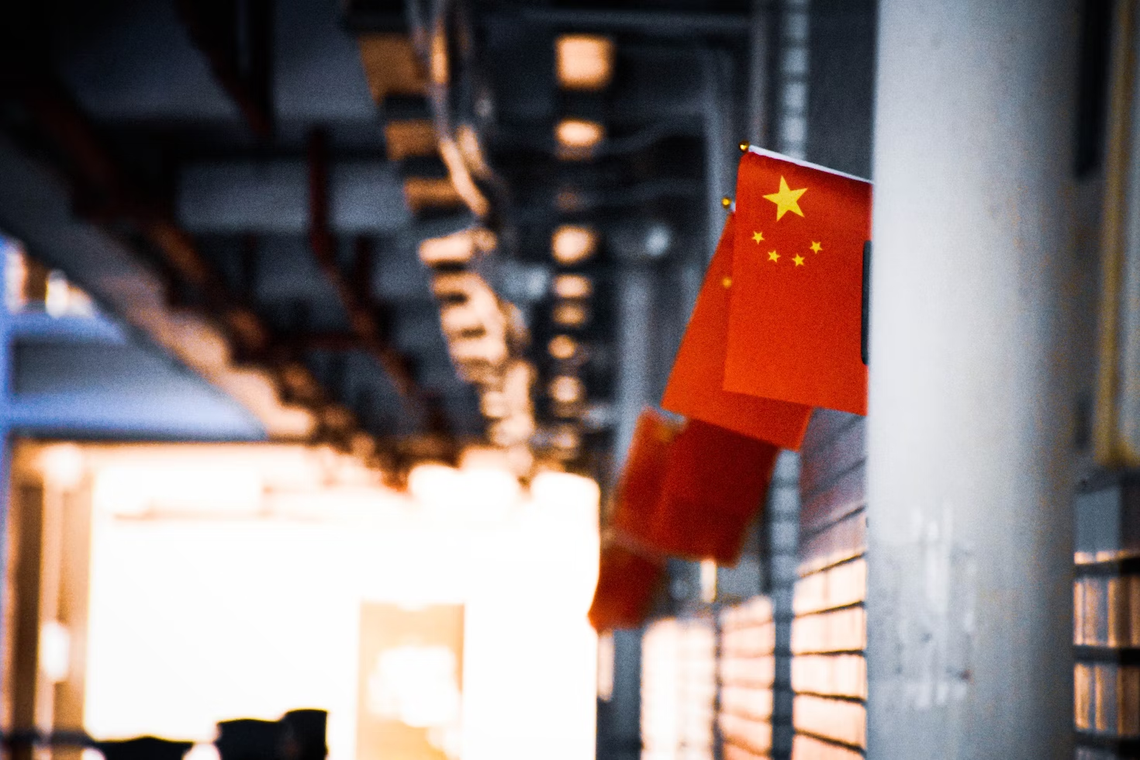
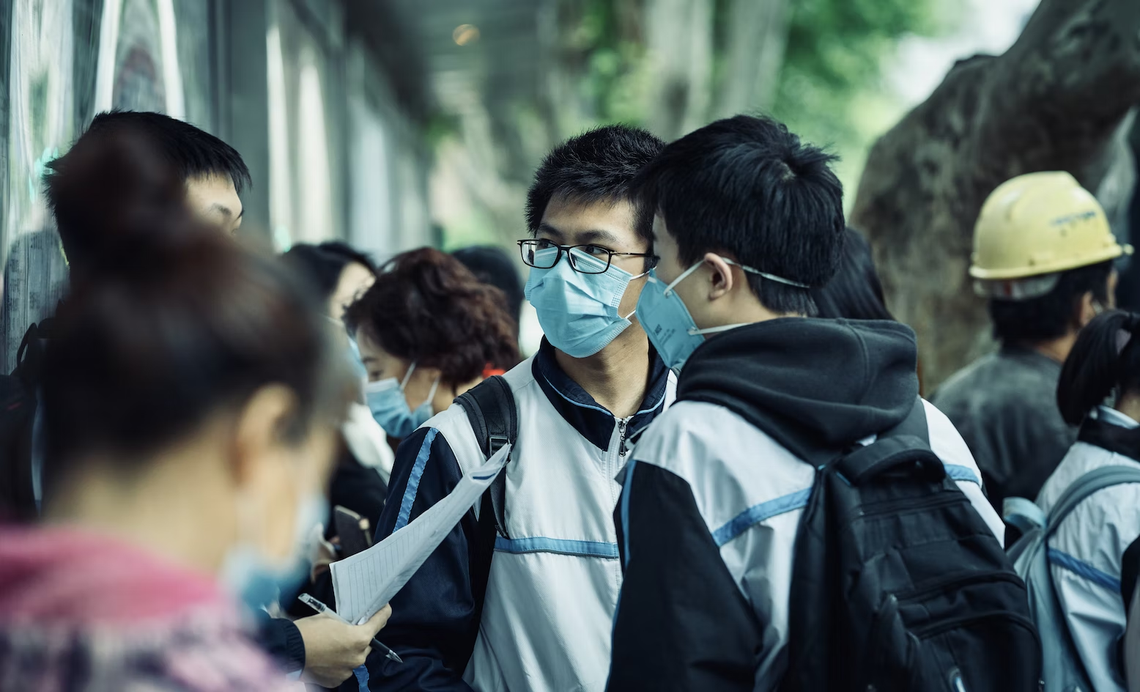
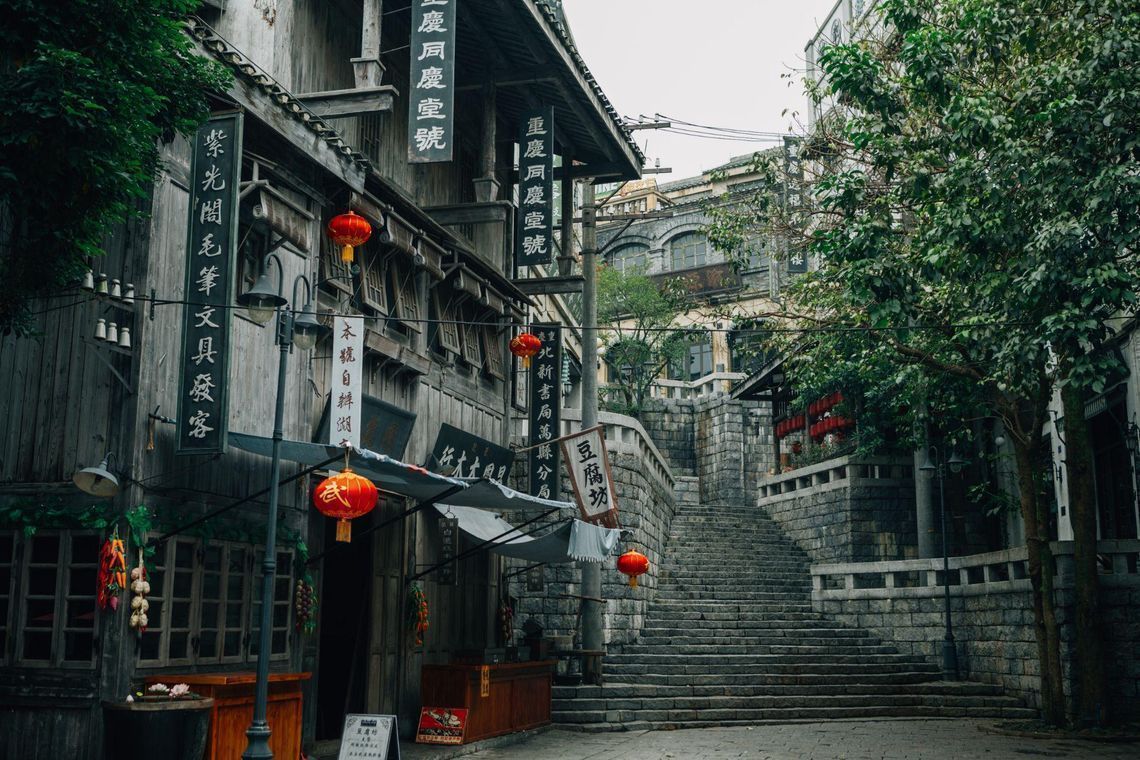

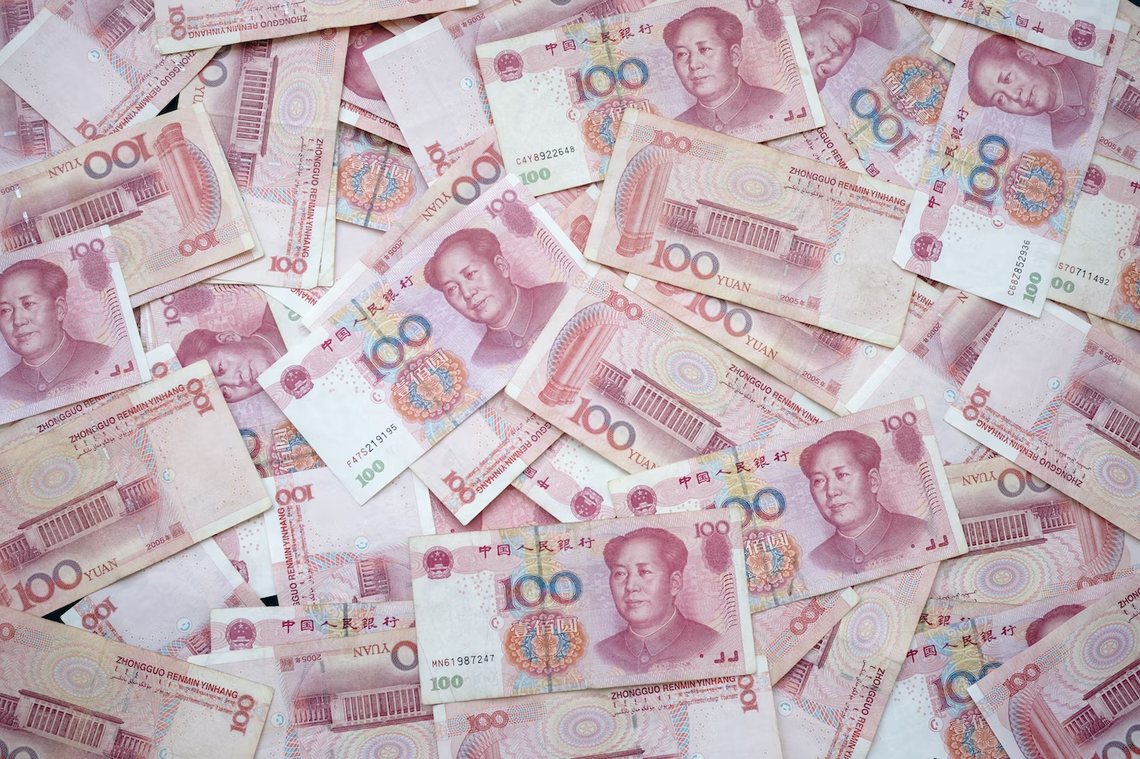
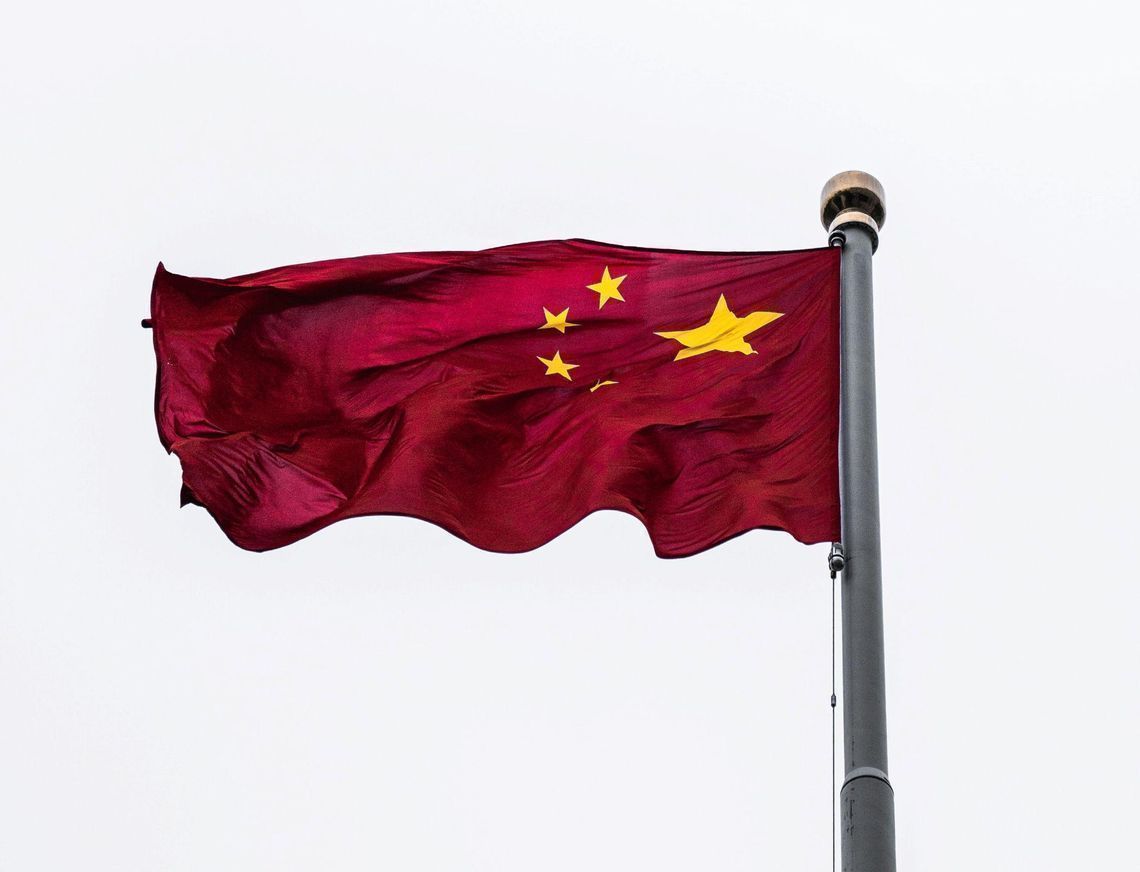

Secondary education in China is divided into 3 stages — primary, middle, and high school. Primary and middle school is compulsory for everyone. They give 9 classes of education. A graduate can go straight to work or continue their education in high school. Preschool education in China is also optional, but most parents send their children to kindergartens[7]. After that, the children will be better prepared for school.
| Stage | Name in Chinese | Student age | Grades |
|---|---|---|---|
| Preschool | 学前教育 | 2-5 | EY (early years) |
| Primary school | 小学 | 6-12 | 1-6 |
| Middle school | 初中 | 12-15 | 7-9 |
| High school | 高中 | 15-18 | 10-12 |
| Type of school | Tuition | Boarding | Guardianship | Total |
|---|---|---|---|---|
| Public | 2,042 USD | 1,701 USD | 4,900 USD | 8,644 USD |
| Private | 6,806 USD | 4,356 USD | 4,900 USD | 16,062 USD |
| International | 13,612 USD | 8,439 USD | 4,900 USD | 26,952 USD |
The table shows the approximate cost of one year of training. The exact prices must be checked on the schools' websites.

Also, all schools in China can be divided into two categories based on accommodation:
The average cost of living is 1,361 USD per year. If a child is in China without parents, a guardian will be required. The guardian is legally responsible for the child, monitors the child’s progress, and provides what is necessary for life and study.
Private schools and prestigious public schools also provide school transport, it is paid separately. For information on accommodation and school buses, contact the school directly.
Inexpensive private schools in China are a good alternative to public schools. The educational program is close to international standards: the discipline is softer, schoolchildren are not exhausted by daily tests, they are not scolded in front of the whole class, there are no ideology classes.
The conditions in these schools are also better despite the price. They have comfortable and clean dorms, a school bus, and there are usually up to 25 students in classrooms. And it is easier to enroll in such schools than in the best public or private ones.
| Name | City | Program | Boarding | Scholarship | Cost, year |
|---|---|---|---|---|---|
| Aiju Primary School | Shanghai | Chinese, British, French | No | No | 4,084 USD |
| International Division of Shanghai Gold Apple School | Shanghai | Chinese, British, AP | Yes | No | 4,084 USD |
| Shanghai Fudan-Vanke Experimental Private School | Shanghai | Chinese, bilingual | Yes | No | 1,906-5,445 USD |
| The SMIC Private School | Shanghai | Chinese, American, AP | No | No | 3,607-8,439 USD |
| Beijing Shuren Ribet Private School | Beijing | Chinese, Korean, American | Yes | No | 8,712 USD |
| Beijing New Talent Academy | Beijing | Chinese, British | Yes | No | 13,067 USD |
| TLC International School | Guangzhou | American | No | Yes | 12,659-14,755 USD |
| Clifford International School | Guangzhou | Canadian | Yes | No | 9,385 USD |
Public schools that have received special permission from the government are open to foreigners. Studying in them is suitable for those who already speak Chinese and want to completely immerse themselves in the language environment. The level of language proficiency is checked during entrance exams.
To find out which schools accept foreigners, you can refer to the list of the top 100 schools in China or the websites of the district education committees.
International students in a Chinese public school will find it difficult to study there. Lessons are held exclusively in Chinese and strictly follow the Chinese curriculum. Therefore, without knowledge of Chinese, there is no point in entering a public school. There are no clear requirements for the level of the language, but the child must be able to speak, write, and perceive information in Chinese. Upon admission, an exam is conducted, which tests the student's abilities. Children in China begin to learn hieroglyphs in kindergarten. Therefore, even a 6-year-old should have basic knowledge of the language.
Some public schools offer Intensive Chinese courses for those who are not proficient in the language. Classes are held in the first semester/year separately from the rest of the study. The problem is that the selection of schools with such courses is very limited. And you won't be able to learn a language from scratch in such a short time.
Top public schools, such as Beijing Secondary School No. 4, have international branches with 300-400 international students. In such schools, children live in dorms on campus. Accommodation costs 1,361-2,042 USD per year. Classes are equipped with modern technologies; in the classroom, students use tablets and computers.
Institutions on the list of "key" schools offer bilingual Sino-American or Sino-British programs. Individual subjects are taught in English, and at the end of the course, students take A-Level exams.
In less prestigious schools, there are generally no foreigners. Therefore, a foreign child will attract a lot of attention. For some children, this can cause additional stress. There are no international programs in such schools, and the conditions are usually worse: a single class can have up to 50 people in it. But the price in less prestigious schools is much lower: an average of 408 USD per semester[8] versus 4,084 USD in "key" schools. Some educational institutions pay scholarships to particularly distinguished students. To get them, you need to pass the entrance exams better than other students.

The number of private schools in China is huge — 183,000. They make up 35% of all schools[9]. Therefore, the programs in them are very different. Conventionally, private educational institutions can be divided into 2 types: international and private Chinese schools.
Many of them appeared as educational institutions for embassy staff and then began to admit other applicants. Chinese citizens are usually not accepted in such schools. There are now 821 international schools in China[10]. Most of them are located in large cities like Beijing, Shanghai, Hong Kong. But in recent years, they have begun to appear in smaller cities.
The program is most often based on the American or British model, and the teaching is conducted in English. At the end of their studies, students take A-Level exams. There are schools for other national systems — mostly Japanese, Korean and German. Chinese is taught as an additional language, but the main requirement is knowledge of English (or another language of instruction).
The academic calendar in private schools may differ from the traditional Chinese one, for example, starting in August and ending in June. In addition to standard subjects, the program includes sports, music, drawing. Drama clubs are very popular.
Tuition at international schools is expensive. It can reach 40,836 USD per year — a prestigious university in the United States will cost the same. Competition for admission to international schools is very high and long queues are often formed. In addition, some schools give preference to students based on nationality[11]. In English-speaking schools, citizens of Australia, Canada, New Zealand, the United Kingdom, and the United States will have higher priority.
On the other hand, conditions like in international schools are hard to find elsewhere. The International School of Beijing has two sports centers, several stadiums, a swimming pool, its own theater, a culinary laboratory, and each student is given a MacBook[12].
The most prestigious international schools award scholarships to outstanding students. Payments can fully cover the costs of education and living, but it is extremely difficult to get them — you need not only to study well but also to have achievements in sports, art, social activities. Detailed information on scholarships can be found on the websites of the schools.
International schools receive accreditation from various foreign organizations. For example, the New England Association of Schools and Colleges, the Western Association of Schools and Colleges, the East Asia Regional Council of Overseas Schools. The program of accredited educational institutions will be recognized outside the PRC. Therefore, it will be much easier to transfer to another school and continue studying abroad.
Some private schools take steps towards inclusivity and enroll children with special educational needs. For example, it can be students with communication disorders, autism spectrum disorders, attention deficit hyperactivity disorder, intellectual disabilities. For such children, special educational programs are developed.
Since international schools often do not accept Chinese citizens, regular private schools are in great demand in China. Wealthy parents send their children there if they fail to pass exams and enter one of the "key" public schools.
Private schools combine the features of international and public educational institutions. The program in them is arranged according to the Chinese standard, which means a lot of mathematics, physics, and the Chinese language. But teaching is also bilingual. Some schools have A-Level program.
Conditions in private schools are better than in regular public schools. Classes have fewer students, so teachers can pay more attention to each child. But the tuition fees are also higher — they start at 3,539 USD per year.
There are also specialized schools teaching according to special programs and methods. For example, Montessori schools, Waldorf schools, and Reggio Emilia schools.
To attend a Chinese school, a child must have a guardian. A guardian can be a citizen of the PRC who is registered in the same city where the educational institution is located. If a parent or a foreigner comes to China on a work visa or residence permit, they can also act as a guardian. The guardian is responsible for the performance and behavior of the child in a Chinese school. Finding a guardian is usually not an easy thing to do. Some educational institutions, such as Keystone Academy, offer guardianship to its students, but this is rare. Guardianship is also sometimes offered at language schools. For more accurate information you should contact the educational institutions themselves or the specialists of UniPage.
Documents required for registration of guardianship:
Additional documents may be required depending on the province. Also check the requirements for notarization and legalization applicable to the specific country of issue.
The academic year runs from September to early July, but the application deadlines are set by the schools themselves. The academic calendar in private educational institutions may differ from the standard one adopted in China: for example, at the International School of Beijing, the study begins in August and ends in June.
The number of places in private and prestigious public schools is limited, so it is better to submit documents in advance — in January, so that you can start studying in September. Exams and interviews usually take place in April. After about a month, the results are known. The exact information should be checked on the schools' websites.
If all the places are occupied, the school will put you in the queue and provide a place as soon as it becomes available. International schools sometimes prioritize enrollment based on nationality or other criteria.
Many Chinese schools, both private and public, conduct entrance exams and interviews before admission. They test knowledge of mathematics, English and Chinese languages. For admission to the best private schools, additional tests in chemistry and physics will be required. The form of the exams varies by school. Some schools put training materials online, others don't. For more information, contact schools directly — via mail or phone. Chinese schools, especially public schools, rarely list specific requirements on their websites.
Documents for admission:
The class for a child is chosen by the school. This is usually influenced by:

Kindergartens are an important part of the educational system in China. They prepare children for school. After kindergarten, it will be easier for the child to get used to the new environment. But they are available only to children whose parents are officially in China (for example, on a work visa).
All preschool education in China is paid, but unlike elementary and secondary schools, it is optional. Kindergarten prices start from 136 USD in public institutions and from 681 USD in private ones. But getting into a state kindergarten is difficult — there are few of them, and all places are reserved for the residents of the area where they are located. Sometimes entrance tests are conducted for children — tests for coordination, ability to communicate, count and distinguish shapes.
Education in a kindergarten is divided into several stages:
In kindergartens, classes are held in various subjects: arithmetic, music, art, Chinese, physical education. Younger groups study for 15 minutes. Then the periods gradually increase to half an hour.
In state kindergartens, children are beginning to learn the foundations of state ideology. The children are told about the Communist Party, and how the society works. They educate children in the Chinese tradition. As in schools, public shaming is also quite common. This is supposed to teach children to meet the expectations of others. If such an approach is not for you, then it is worth contacting a private kindergarten with a more Western view on education.
There are programs for preschoolers in international schools, but the cost of education there is much higher — it can go up to 27,224 USD per year. Children are usually taught to speak English, but there are also bilingual programs and separate kindergartens.
An alternative to kindergarten can be a nanny — Ayis. There are various services for finding nannies.
In public schools, the academic year is divided into 2 semesters. The first lasts from September to mid-January, the second from February to July. There are 2 breaks: 2 months in summer and 2-4 weeks in winter.
In private educational institutions, the academic calendar may differ from the state one: for example, it can start in August and end in June. It is often tied to the national school system. In an American school, the schedule will be similar to the US school, and in a British — the UK, etc. The division of the academic year can also differ: into semesters, trimesters or quarters.

Tests and exams are included in the Chinese education system at all levels. Upon admission to primary school, students are tested for basic knowledge of math and the Chinese language. Moreover, in private institutions, the selection is much harsher. Pupils write small tests every day, and at the end of grade 6 take the mandatory exams in mathematics and Chinese. Without them, it is impossible to continue education. However, the effectiveness of continuous testing is questionable[13].
To get better test grades, already in elementary school, parents have to hire tutors or send their children to continuing education centers. The load grows, and school children end up having little to no free time.
The teaching method in China is built on public rewards and punishments. Distinguished students are congratulated in front of the whole class. That is supposed to encourage the rest to follow them. But everyone cannot be the best. Therefore, most students do not live up to the expectations of parents and teachers. This makes school even more exhausting and challenging.
Primary school is the first stage of compulsory education in China. Children study from the age of six from grades 1 to 6. About 60% of the time is devoted to two main subjects — mathematics and Chinese. In Chinese lessons, students write hieroglyphs with a brush and memorize poetry. In addition, they teach natural science, art, music, natural history, and geography. From grade 3, schoolchildren learn English, and from grade 4 practical classes in workshops and farms begin.
Political education also begins in elementary school. Students are taught about the history of China and the peoples inhabiting it, about the modern political agenda, and the Communist Party.
Classes start at 8 am and end at 5 pm, including for first graders. Usually there are 6-7 lessons per day with a long lunch break. Pupils do not go home immediately after classes, but stay and do their homework under the supervision of a teacher. By dedicating time for self-preparation the school ensures that the next day everyone's homework is definitely done.

Middle school is the second stage of compulsory education in China. It lasts for 3 years, children study in it from ages 12 to 15 (grades 7-9). Students take the entrance exam in Chinese and mathematics at the end of primary school.
The main subjects are Chinese, English and mathematics. In addition, students learn physics, chemistry, biology, computer science, geography, and history; take classes in physical education, music and art. Several hours a week are devoted to political and moral education. Schoolchildren are taught to work as a team, to put collective needs above the needs of an individual, talk about the Communist Party, Marxist ideology, and the modern political agenda. For practice, students work on farms, in workshops, and are engaged in social work.
There are 7-8 lessons per day, 30 hours per week. Two hours after the end of the class are dedicated for self-preparation. The big lunch break lasts for an hour, there is also a break for sleep and exercises.
At the end of middle school, students take the Zhongkao final exam, which is also the entrance test for high school. The exam takes place in June, in two periods of 1.5 hours. The main subjects on the exam are Chinese, English and mathematics, the rest are set by provincial governments. These may include physics, history, chemistry, physical education, political literacy. High scores on exams mean that the student will go to a prestigious school, and his parents will pay less tuition.
Grades 10-12 are dedicated to high school, the age of students is from 15 to 18 years old. This stage is not mandatory, but according to statistics, 95% of Chinese students continue their studies. The entrance exam is Zhongkao, which is taken at the end of the 9th grade.
All high schools in China can be divided into 2 types:
Students continue to study the same subjects as in high school, but on a deeper level. Practical lessons involve research or work in social services.
| Time | Lesson |
|---|---|
| 5:30-6:00 | Waking up and breakfast |
| 6:00-6:50 | Taking a school bus |
| 6:50-7:00 | Preparing for lessons |
| 7:00-7:30 | Cleaning the classroom and the school grounds |
| 7:40-12:00 | Five lessons 40 minutes each with breaks of 10 minutes and one break of 30 minutes for physical exercises |
| 12:00-12:40 | Lunch break |
| 12:40-13:20 | Sleep — students sleep right behind their desks |
| 13:30-15:50 | Three more lessons |
| 15:50-16:20 | Big break — you can socialize, exercise, or just relax |
| 16:20-17:50 | 9th and 10th lessons |
| 17:50-18:30 | Dinner |
| 18:30-21:30 | Preparing homework at school for the next day |
| 21:30-22:00 | Going home |
The grading system in high schools is the same as in Chinese universities:
| A | 100 – 85 % | Excellent |
| B | 84 – 75% | Good |
| C | 74 – 61% | Satisfactory |
| D | 60% | Pass |
| F | 59%> | Fail |
The Gaokao exam is the last exam before graduation from high school. All three years are dedicated to the preparation and the results determine the selection of universities. Recently, the PRC government implemented reforms and made the examination process more flexible[14].
Subjects:
The exam takes place in stages and lasts for a total of 9 hours. It consists of open and closed-ended questions and essays. Students take tests in mathematics and Chinese in June for 2-3 days. English and electives can be taken starting from the grade 11 in October and March. You are allowed to pass the exam in these subjects twice — the best grade will be used for admission to the university.
Depending on the success of the exams, it is decided which university the student will enter, and therefore what kind of work he will get later. In other words, the student’s entire future depends on this single exam. Therefore, the last years of schooling are very difficult. Students feel constant pressure, and by the end of it are mentally and physically exhausted. Because of this, many students, even those who passed the exam with excellence, lose motivation and become very disinterested when studying at the university[15].

In addition to the Chinese curriculum, private and some public schools offer both international and national study programs. With them it will be much easier to enroll in a university outside of China.
A-Level is a British high school education program. It is designed for students aged 16-18 and usually occupies the last 2 years of school. A-Level includes only 3-4 subjects, so the student focuses on the field he plans to study at the university.
Training is conducted in English. At the end of the program, students take exams, the score will be taken into account when entering a university.
A-Level is recognized by 16 countries, but among them are Great Britain, Ireland, USA, Canada, Australia, Netherlands, and Germany.
In China, 317 schools offer A-Level programs.
| Name | City | Type | Boarding | Cost, Year |
|---|---|---|---|---|
| The British School of Beijing, Shunyi | Beijing | Private | No | 40,836 USD |
| Britannica International School | Shanghai | Private | No | 36,752 USD |
| Wellington College International Hangzhou | Hangzhou | Private | No | 34,030 USD |
| 285,000 LEH International School Foshan | Guangzhou | Private | No | 29,946 USD |
| High School Affiliated to Renmin University of China (RDFZ) | Beijing | State | Yes | 6,806 USD |
Gaokao serves as an entrance exam for Chinese universities, which is taken at the end of high school. The results of Gaokao are accepted not only in China, but also in more than 20 countries[4]. Among them are the USA, Australia, Great Britain, New Zealand, and Canada. Moreover, in New Zealand with Gaokao you can enter all universities[5]. In the United States, colleges accepting Chinese exam results have merged into The GaoKao Admission Consortium. On its website you can see the list of participating universities. In Britain Gaokao is recognized by, for example, the University of Cambridge, University of Birmingham, and University of Leicester[4].
To enroll in foreign universities with Gaokao, you will need a proof of language proficiency (for English-speaking countries — IELTS or TOEFL). But other entrance exams like SAT, ACT, A-Level are not required.
Also completing an international A-Level program will allow you to enter a foreign university. In China, such programs are available at private and some public schools.

To study in Chinese schools, an X1 student visa is required. It is valid for 5 years. It is better to apply for a visa immediately after enrollment in order to be on time for the beginning of the school year. If a child goes to study without parents, he must have a guardian in the PRC. A visa is issued at a Chinese consulate or embassy within a week.
Documents required for a visa
60+ countries
we work with
$1,000,000 saved
by students through scholarships
6,400 offers
our students got